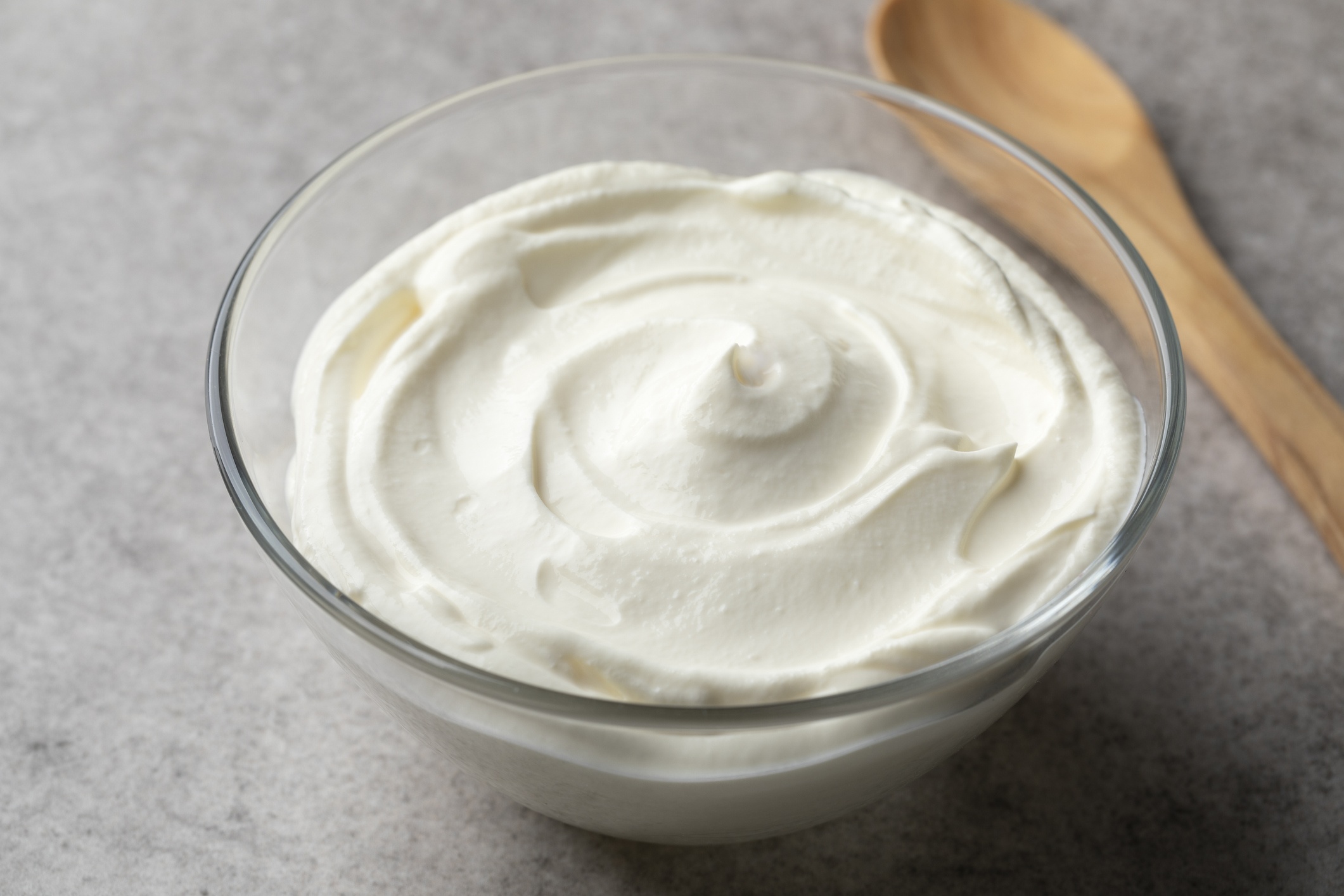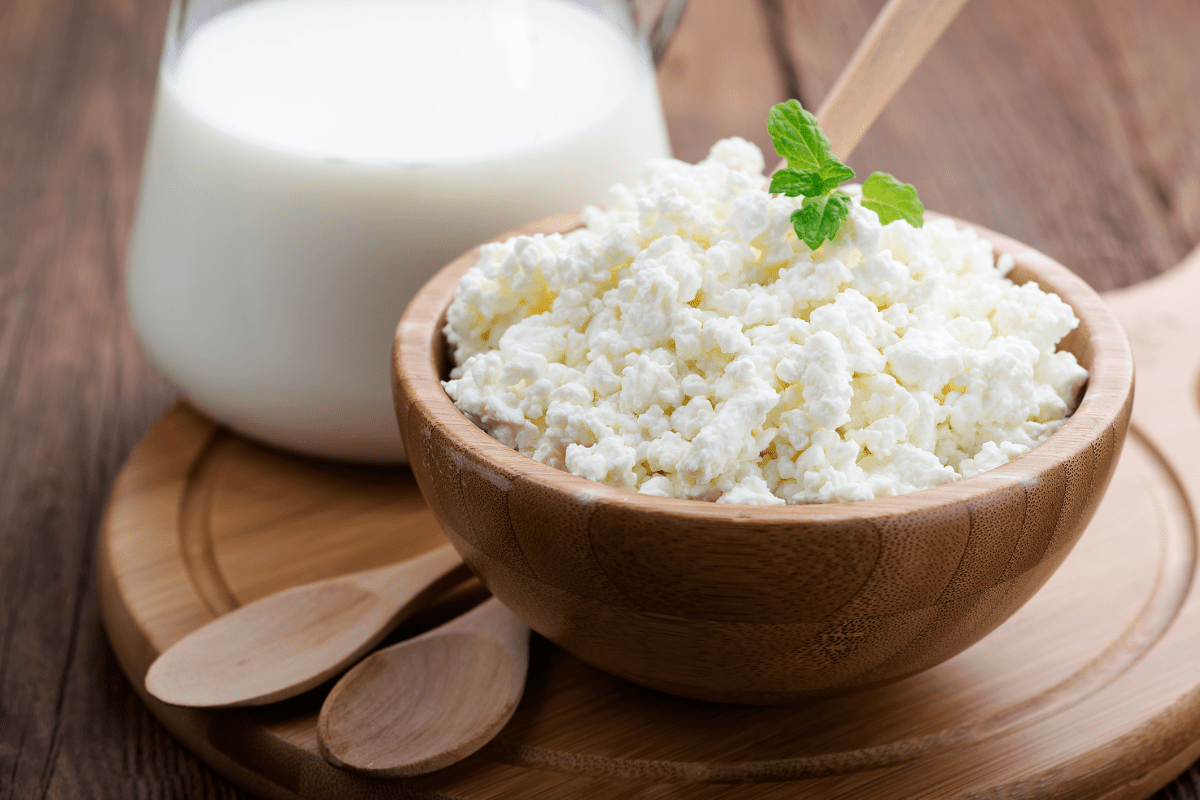I recently witnessed a troubling sight in my local supermarket. Two store employees were removing bricks of cheese from the dairy case and piling them in a shopping cart.
I asked them. “Why are you doing this?!”
Their response: “Our manager told us to toss them because they were about to expire.”
Naturally, I spoke with the manager. She went on to explain that it was a safety regulation to dispose of any dairy products after the package “Sell-By” date – even though she knew the cheese was still safe to eat. I also found out that the cheese is sometimes picked up by food pantries and soup kitchens, but other times just thrown in the dumpster.
The Difference Between “Best-By”, “Use-By” and “Sell-By”
Just about every packaged product in the grocery store has a date on it: “Best-By,” “Use-By” or “Sell-By.” Manufacturers typically use this “open dating” for retailers as a guideline for selling top quality products.
However, many people interpret these as magical dates that products spoil – and seemingly overnight. While the dates do help ensure freshness and quality, they are not meant as a spoilage alert.
In other words, even after passing the package date, the product is very likely safe to eat.
Why this Stinks
Nearly a third of the U.S. food supply is wasted annually because retailers are forced to remove foods from the shelf or refrigerator case and because consumers do not understand dating labels. Studies show that up to 90 percent of Americans are misinterpreting the labels and throwing food away prematurely.
How Do We Fix It?
The U.S. Department of Agriculture’s (USDA) Food Safety and Inspection Service (FSIS) has issued updated information on food product labeling, aimed at reducing food waste. Currently there are roughly 50 different versions of food labels being used.
The department is encouraging food manufacturers and retailers that apply product dating to use a “Best if Used By” date label. Especially egg, meat and dairy manufacturers. Using the “Best if Used By” date has been shown to cause less consumer confusion than other open labeling, such as Sell-By or Use-By, and can lead to less disposal of good quality food.
Of course, you should still exercise common sense when handling and storing perishable foods. Even though technically no longer at “peak” quality, refrigerated products should still be safe if handled properly and kept at 40 °F (4.4 ºC) or below for the recommended storage times.
Pro Tips: How to Keep Milk Fresh
The confusing web of labeling aside, there are a few fool-proof ways to get some extra life out of your milk:
- After purchasing milk refrigerate it promptly.
- Milk should not be left out on the counter or table for extended periods of time.
- Keep milk in the back of the refrigerator, where the temperature is coldest.
- Closing the container every time prevents contamination and absorption of flavors from other foods in the fridge. Milk is pasteurized to kill bacteria, but it’s still a fresh product that can spoil if it’s not kept cold and covered.
- If your milk is nearing its safe shelf life, consider freezing it or plan to use it up in recipes like pudding, cream soups or oatmeal.
If milk has been correctly handled since its purchase, and it passes a quick sniff test, you can confidently drink it past its Sell-By date.
More Information
For more information about current product dating, visit the USDA website.





